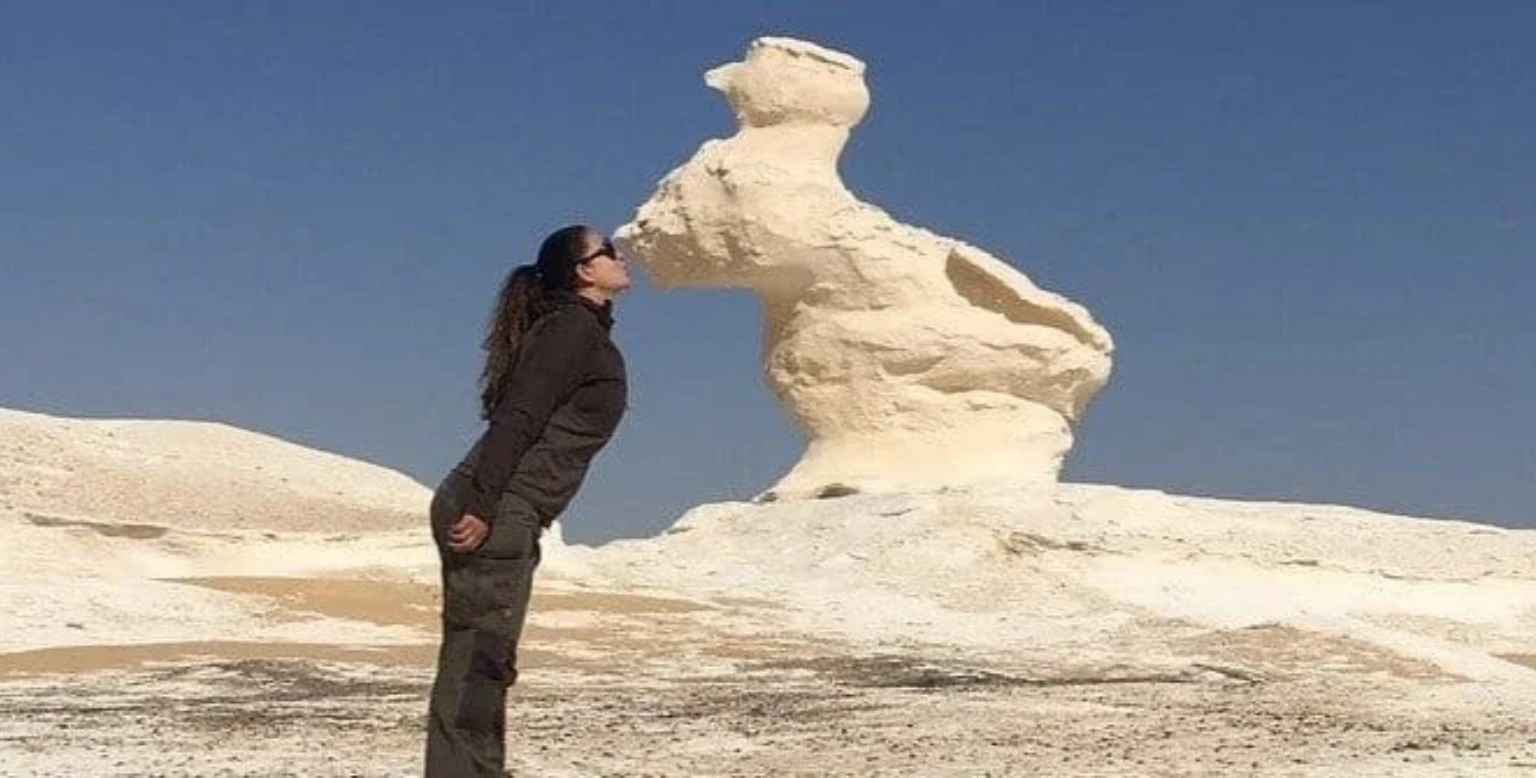Egypt’s deserts are more than just seas of golden sand, they are vast, open-air museums that hold secrets from civilizations lost to time, As global interest in archaeological travel grows, Egypt is preparing to unveil a new wave of desert archaeology tours that merge exploration, history, and discovery From hidden temples buried beneath dunes to Roman fortresses and prehistoric rock art, the country’s Western and Eastern Deserts are becoming the next frontier in cultural tourism.
A New Era for Archaeological Adventure
While the Nile Valley and its iconic monuments have always captured the world’s imagination, a new trend is emerging: archaeological expeditions into Egypt’s deserts, These tours invite travelers to walk in the footsteps of early explorers and ancient traders, tracing forgotten caravan routes and newly uncovered ruins that reveal Egypt’s lesser-known past.
The Ministry of Tourism and Antiquities has already announced plans to develop sustainable archaeological routes, combining adventure with scientific exploration, Travelers can now experience the thrill of discovery while respecting the fragile ecosystems of Egypt’s desert heritage sites.
Top Desert Archaeology Destinations in Egypt
1. Kharga Oasis: The Roman Trail
Kharga, located in the Western Desert, is home to a remarkable collection of Roman forts, temples, and ancient trade posts that once secured Egypt’s caravan routes. Sites like Qasr al-Labeka and Temple of Hibis are gaining renewed attention for their inscriptions and architectural marvels, Desert tours here often include visits to mud-brick villages and palm-filled valleys that transport visitors back in time.
2. Dakhla Oasis: A Time Capsule of Daily Life
In Dakhla, archaeologists continue to uncover tombs, pottery, and well-preserved murals dating back to the Pharaonic and Greco-Roman periods, The area’s Balat village and the nearby Ain Asil ruins offer an intimate look at how ancient Egyptians lived, traded, and adapted to desert life, Many tours now collaborate with local Bedouin communities, blending cultural interaction with heritage preservation.
3. The Eastern Desert: Lost Mines and Ancient Roads
Stretching between the Nile and the Red Sea, the Eastern Desert holds the ancient gold mines of Wadi Hammamat and Ptolemaic-era inscriptions carved into rugged cliffs, Archaeological safaris here attract those seeking a true expedition remote, wild, and filled with echoes of early exploration.
4. Siwa and Bahariya: Mystery Meets Mythology
Beyond their natural beauty, these oases conceal archaeological treasures like the Temple of the Oracle of Amun in Siwa once visited by Alexander the Great and the Valley of the Golden Mummies in Bahariya, New excavation projects are transforming these sites into global hotspots for archaeology-focused tourism.
A Blend of Science and Experience
Unlike traditional sightseeing, desert archaeology tours are immersive by design, Visitors can join guided digs, attend lectures by Egyptologists, or even participate in artifact documentation projects, This fusion of education, exploration, and cultural engagement appeals to travelers seeking meaningful, once-in-a-lifetime experiences.
Tour operators are now collaborating with universities and heritage organizations to offer responsible tourism packages ensuring protection of ancient sites while providing local employment opportunities.
Technology and Preservation
Modern technology is revolutionizing how Egypt’s desert heritage is explored. Drone mapping, 3D scanning, and ground-penetrating radar are revealing previously unknown sites beneath the sand, These discoveries not only reshape Egypt’s historical narrative but also create new, safer, and more interactive experiences for visitors.
Interactive museum extensions and augmented reality tours are expected to debut in 2026–2027, allowing travelers to visualize how long-buried cities once looked right from the excavation sites themselves.
The Future of Desert Archaeology Tourism
As interest in sustainable, knowledge-driven travel rises, Egypt’s deserts are set to redefine what it means to explore the past By 2027, new archaeological routes across the Western Desert are expected to open, connecting oases, temples, and excavation hubs into a seamless journey through history.
This emerging trend perfectly aligns with Egypt’s broader vision for cultural tourism, turning the vast silence of its deserts into a living archive of human civilization. Travelers won’t just see history, they’ll help uncover it.


